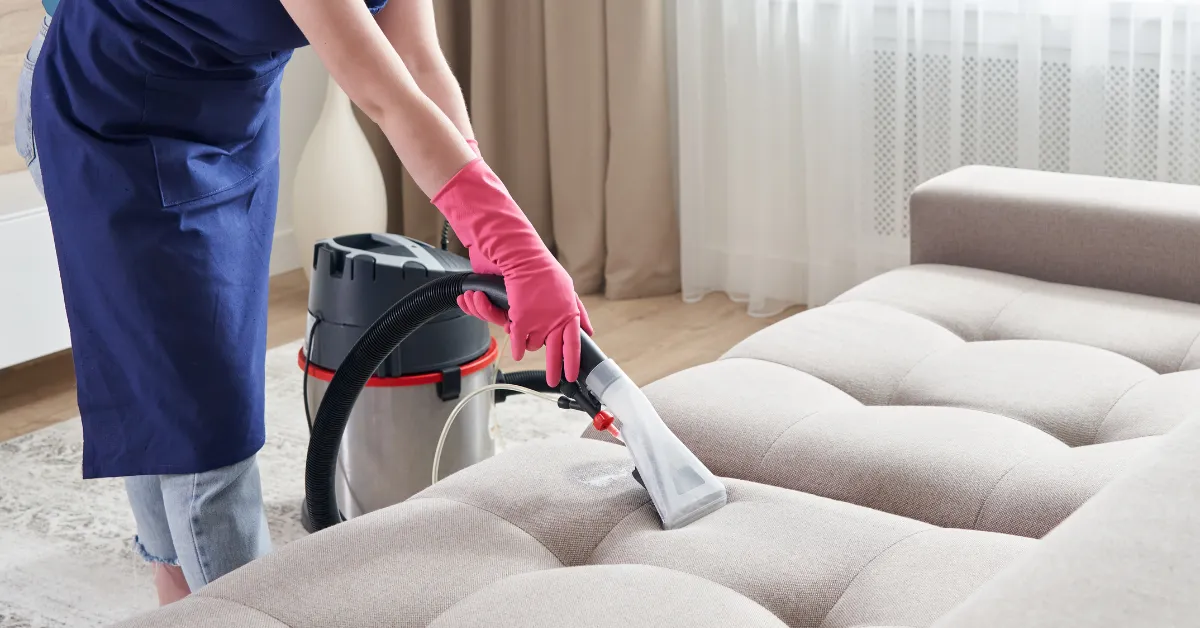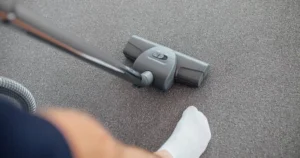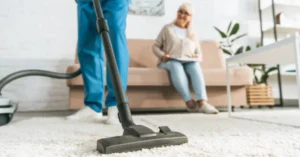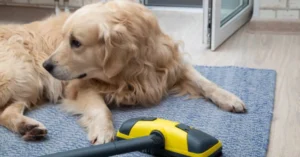Keeping your furniture looking fresh and inviting is not hard at all. Many people prefer cleaning upholstery themselves to save both time and money. Simple home methods can help restore the beauty of your couch or chairs. Understanding the right way to do it will also prevent damage. A clean living room feels more welcoming for family and guests alike. There are many safe and affordable cleaning solutions you can make at home. Using a good homemade cleaner for upholstery can remove dirt effectively. Learning how to clean properly will extend the life of your favorite furniture. With the right approach you can avoid wasting money on unnecessary services. Let’s explore some easy methods and also common mistakes people make.
How to Make a DIY Upholstery Cleaner
Cleaning upholstery does not require expensive store bought products every time. You can create a diy upholstery cleaner from ingredients already in your kitchen. Many people blend warm water with white vinegar and mild dish soap. Mix the ingredients gently so the soap does not create too much foam. This homemade upholstery cleaner works well for many types of fabrics. Always test a small hidden area first to check for any reaction. For deeper cleaning you can use a soft brush to work in the solution. Blot gently with a clean microfiber cloth to lift the dirt. Avoid soaking the fabric as too much water can damage padding. These methods are also safe for light touch ups between professional upholstery cleaner visits.

Pet Stain Removal and Odor Control
Pet owners often deal with extra mess from hair, stains, and odors. In such cases, pet stain removal becomes an important part of regular cleaning. Baking soda naturally removes odors and is simple to use. Spread it over the fabric, leave it for fifteen minutes, then vacuum. This step is very useful before applying any homemade cleaner for upholstery. For tougher stains, you can repeat the process or use an enzyme cleaner. Enzyme cleaners break down organic matter left by pets or spilled food. Some people also hire professional help for a full home refresh. If you have delicate fabrics, it is safer to trust a professional upholstery cleaner.
Common Mistakes to Avoid When Cleaning Upholstery
One common mistake people make is scrubbing stains too harshly. Scrubbing too hard can harm fibers and push the stain outward. Always blot from the edges toward the center to prevent spreading. Another mistake is skipping the patch test before using any cleaner. Even a diy upholstery cleaner can cause fading if not tested first. Using too much liquid is another problem that leads to slow drying times. Moisture trapped inside the cushions can cause mold and bad smells. Moving too fast can leave hidden dirt that reappears after drying. Patience is important when cleaning upholstery to get a truly fresh look. Remember homemade upholstery cleaner recipes are effective when used correctly and carefully.
Routine Care for Long-Lasting Upholstery
To keep furniture looking good longer it helps to vacuum regularly. This step removes dust crumbs and pet hair before it embeds in the fabric. A good vacuum with an upholstery attachment can clean crevices and seams well. You can use the same tool on cushions and armrests for a thorough job. Vacuuming before using any homemade cleaner for upholstery improves the results. It allows the cleaner to work directly on the stain without dirt in the way. Every few weeks, rotate and flip cushions to ensure even wear. Sunlight can fade colors so place furniture away from direct exposure if possible. For valuable or antique pieces contact a trusted upholstery cleaning service for advice. Regular upkeep can make professional visits less frequent and more affordable.
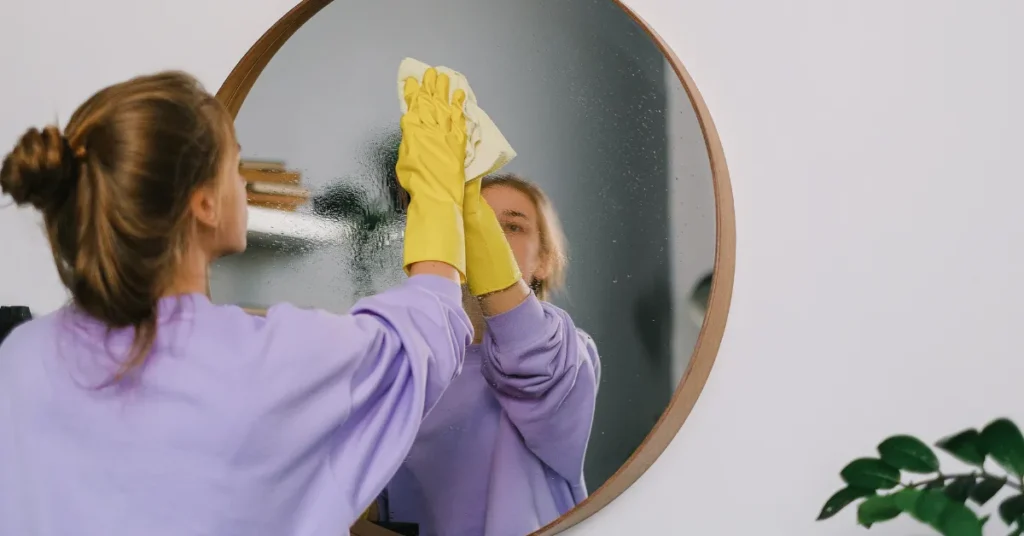
Quick Action for Stain Removal
If a spill happens, act quickly before it has time to set. Gently blot the spill with paper towels or a clean, dry cloth. Apply your chosen homemade cleaner for upholstery and let it sit for a few minutes. Use a soft brush or sponge to loosen any stubborn dirt. Blot again until the stain starts to fade from the surface. For greasy stains, you may need a specialized solution with baking soda. Grease can be harder to remove, so patience is necessary here. Once cleaned, allow the fabric to air dry in a well-ventilated area. Avoid using heat as it may shrink or damage certain materials. Quick action with the right cleaning method can prevent long-lasting marks.
When to Hire a Professional Upholstery Cleaner
Sometimes professional cleaning is the safest choice for deep or delicate stains. Experts have tools and solutions that tackle stains homemade cleaner for upholstery cannot remove. Hiring professionals saves time and ensures the job is done safely. Even with regular home care, a yearly deep cleaning helps maintain furniture longevity. Using a homemade cleaner for upholstery along with periodic professional service maximizes effectiveness. Skilled cleaning protects fibers and keeps your furniture looking like new. Proper maintenance with both DIY and professional methods ensures long-lasting cleanliness. Combining home and expert care provides the best results for all types of upholstery.

